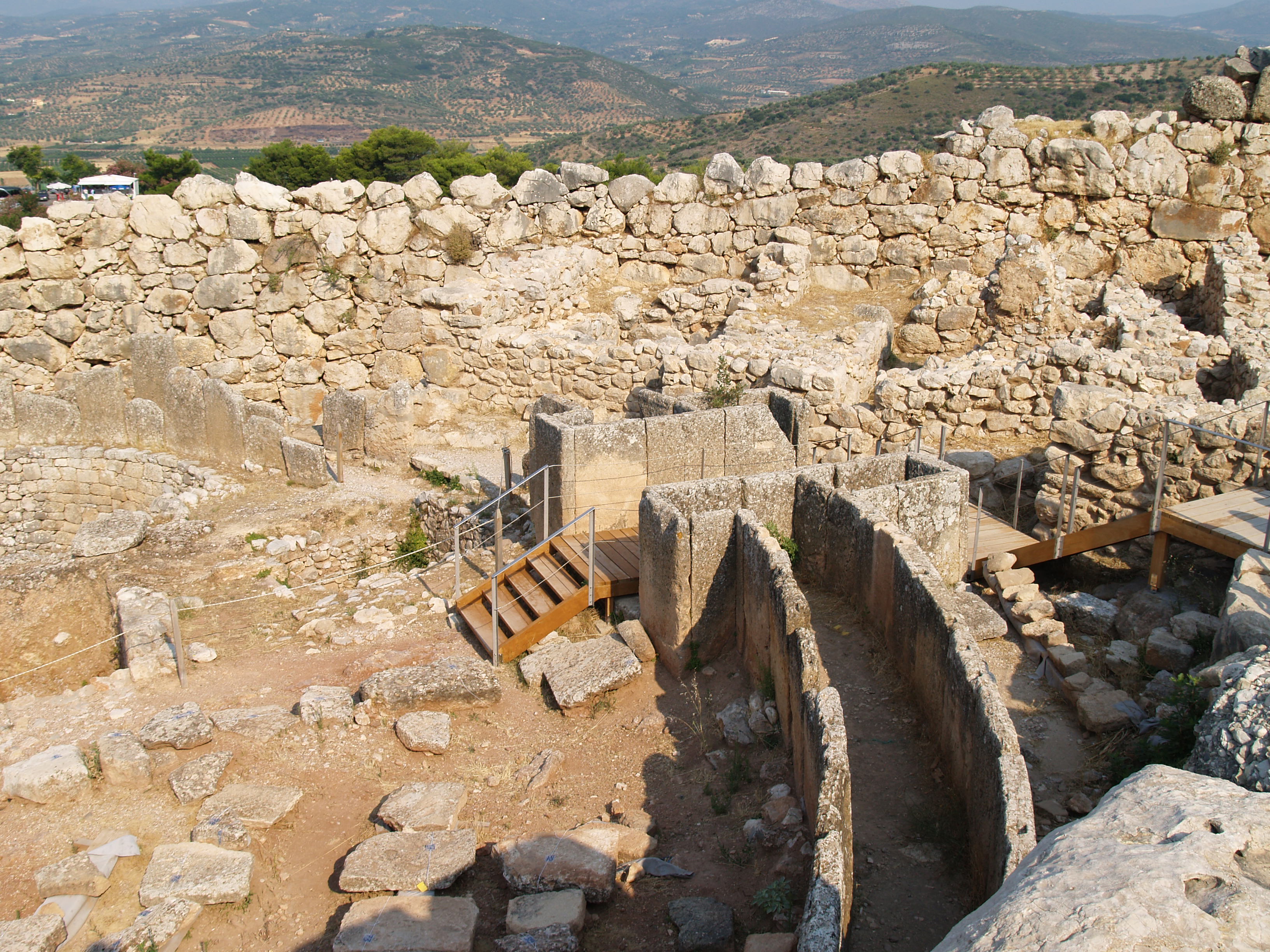Quarrystone on:
[Wikipedia]
[Google]
[Amazon]

 Rubble masonry or rubble stone is rough, uneven building stone not laid in regular
Rubble masonry or rubble stone is rough, uneven building stone not laid in regular

course
Course may refer to:
Directions or navigation
* Course (navigation), the path of travel
* Course (orienteering), a series of control points visited by orienteers during a competition, marked with red/white flags in the terrain, and corresponding ...
s. It may fill the core of a wall which is faced with unit masonry
Masonry is the craft of building a structure with brick, stone, or similar material, including mortar plastering which are often laid in, bound, and pasted together by mortar (masonry), mortar. The term ''masonry'' can also refer to the buildin ...
such as brick
A brick is a type of construction material used to build walls, pavements and other elements in masonry construction. Properly, the term ''brick'' denotes a unit primarily composed of clay. But is now also used informally to denote building un ...
or ashlar
Ashlar () is a cut and dressed rock (geology), stone, worked using a chisel to achieve a specific form, typically rectangular in shape. The term can also refer to a structure built from such stones.
Ashlar is the finest stone masonry unit, a ...
. Some medieval cathedral walls have outer shells of ashlar with an inner backfill of mortarless rubble and dirt.
Square rubble masonry
Square rubble masonry consists of stones that are dressed (squared on all joints and beds) before laying, set in mortar, and make up the outer surface of a wall.History
Irregular rubble, or sack, masonry evolved from embankments covered with boards, stones or bricks. That outer surface was used to give the embankment greater strength and make it more difficult for enemies to climb. The Sadd el-Khafara dam, in Wadi Al-Garawi nearHelwan
Helwan ( ', , ) is a suburban district in the Southern Area of Cairo, Egypt. The area of Helwan witnessed prehistoric, ancient Egyptian, Roman and Muslim era activity. More recently it was designated as a city until as late as the 1960s, befor ...
in Egypt, which is 14 meters high and built in rubble masonry, dates back to 2900–2600 BC
The Greeks called the construction technique emplekton
Core-and-veneer, brick and rubble, wall and rubble, ashlar and rubble, and emplekton all refer to a building technique where two parallel walls are constructed and the core between them is filled with rubble or other infill, creating one thick wal ...
and made particular use of it in the construction of the defensive walls of their poleis
Polis (: poleis) means 'city' in Ancient Greek. The ancient word ''polis'' had socio-political connotations not possessed by modern usage. For example, Modern Greek πόλη (polē) is located within a (''khôra''), "country", which is a πατ ...
.
The Romans made extensive use of rubble masonry, calling it opus caementicium
Roman concrete, also called , was used in construction in ancient Rome. Like its modern equivalent, Roman concrete was based on a hydraulic-setting cement added to an aggregate.
Many buildings and structures still standing today, such as br ...
, because ''caementicium'' was the name given to the filling between the two revetment
A revetment in stream restoration, river engineering or coastal engineering is a facing of impact-resistant material (such as stone, concrete, sandbags, or wooden piles) applied to a bank or wall in order to absorb the energy of incoming water an ...
s. The technique continued to be used over the centuries, as evidenced by the constructions of defensive walls and large works during medieval
In the history of Europe, the Middle Ages or medieval period lasted approximately from the 5th to the late 15th centuries, similarly to the post-classical period of World history (field), global history. It began with the fall of the West ...
times.
Modern construction frequently uses cast concrete with an internal steel reinforcement. That allows for greater elasticity, as well as providing excellent static and seismic resistance, and preserves the unity between shape and structure typical of buildings with external load-bearing walls. All the structural elements can be linked to any rubble walls thus created, freeing the internal spaces from excessive constraints.A. Acocella (1989). ''The Architecture of Brick Facing''. Rome.
See also
*Gabion
A gabion (from Italian ''gabbione'' meaning "big cage"; from Italian ''gabbia'' and Latin ''cavea'' meaning "cage") is a cage, cylinder or box filled with rocks, concrete, or sometimes sand and soil for use in civil engineering, road building ...
—Metal cages filled with stones
* Snecked masonry
Snecked masonry has a mixture of roughly squared Rock (geology), stones of different sizes. It is laid in horizontal courses with rising stones projecting through the courses of smaller stones. Yet smaller fillers called snecks also occur in the co ...
—Masonry made of mixed sizes of stone but in regular courses
* Wattle and daub
Wattle and daub is a composite material, composite building method in which a woven lattice of wooden strips called "wattle (construction), wattle" is "daubed" with a sticky material usually made of some combination of wet soil, clay, sand, and ...
—Conceptually analogous to rubble within ashlar in the sense that a frame is filled in with a filler material
References
Building stone Stonemasonry {{Architecture-stub